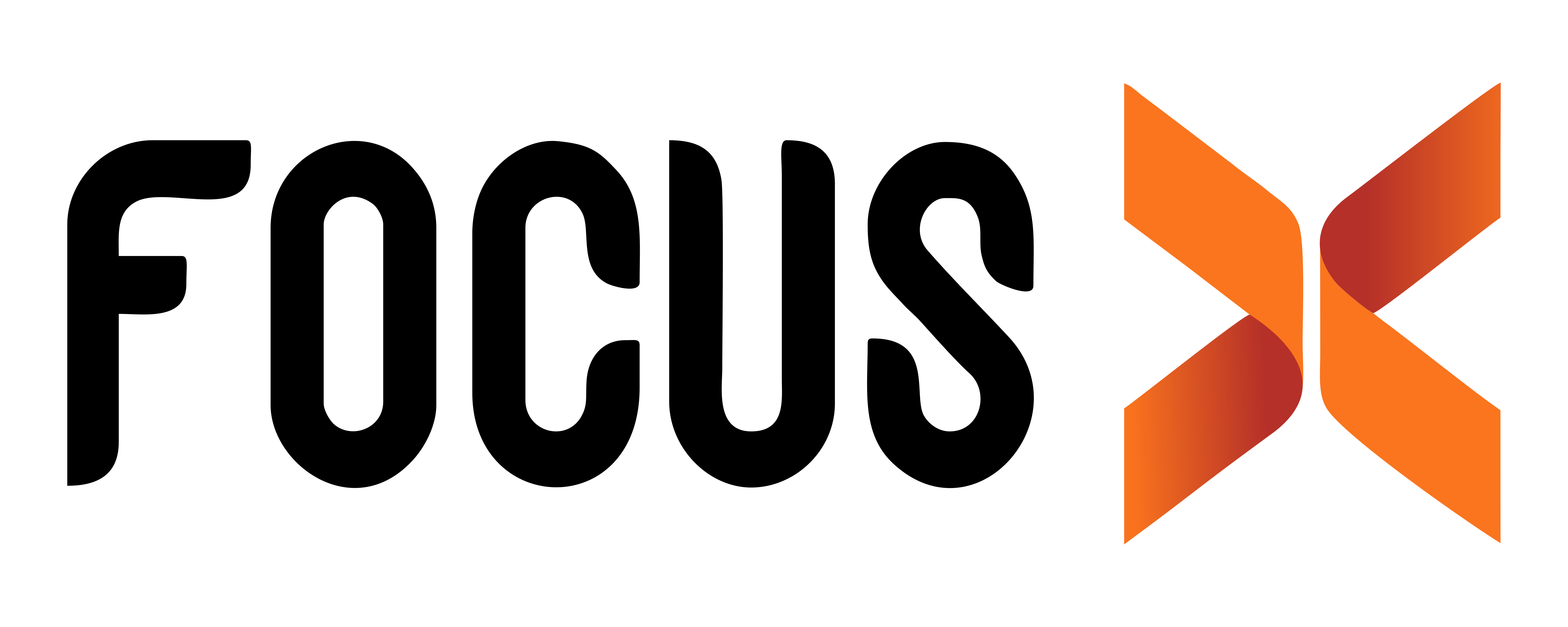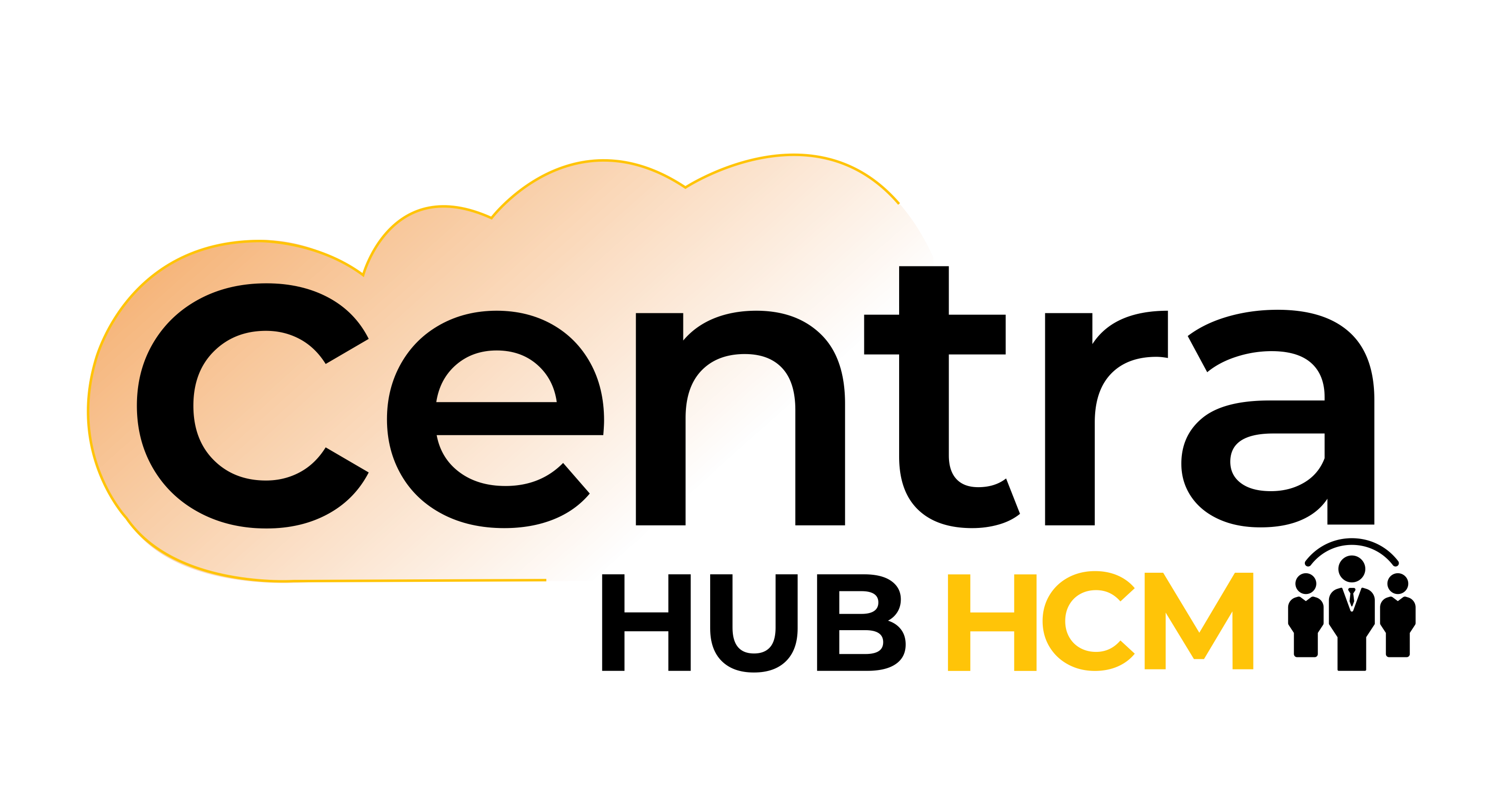Reduced administrative workload
A significant advantage of integrating HR software with payroll systems is the reduction in administrative workload. By automating routine tasks such as time tracking, leave management, payroll calculation, and tax filing, HR payroll software frees up valuable time and resources that can be redirected towards more strategic tasks.
Increased data accuracy
A Human Resource Information System (HRIS) that is integrated with payroll eliminates the need for duplicate data entry, significantly reducing the risk of errors. Any changes made in the HR system, like a new hire, a promotion, or a pay raise, are automatically updated in the payroll system, ensuring data accuracy and consistency across platforms.
Enhanced compliance
Compliance with labour laws and tax regulations is a critical aspect of HR and payroll management. An integrated HR payroll software keeps track of regulatory changes and ensures compliance with these rules. This feature not only helps avoid costly penalties but also reduces the time and effort spent on compliance-related activities.

Improved reporting and decision making
An integrated HR and payroll system allows for comprehensive reporting capabilities. It can generate detailed reports on various HR and payroll metrics, providing valuable insights into aspects like labour costs, turnover rates, overtime trends, and more. These data-driven insights empower decision-makers to make strategic decisions and plan for the future.
Real-time access to information
One of the notable benefits of HR payroll software is that it provides real-time access to information. Whether it's the HR team needing updated employee records or the finance department requiring payroll data, the necessary information is available at the click of a button. This accessibility not only enhances productivity but also facilitates timely and informed decisions.
Increased employee engagement
An integrated HR payroll system often comes with self-service portals, allowing employees to access their personal data, pay slips, and benefit plans, and submit time-off requests. This feature not only reduces HR's administrative workload but also empowers employees, leading to increased engagement and satisfaction.
Cost savings
While the initial investment in an integrated HR payroll software might seem high, the long-term cost savings are substantial. By reducing administrative workload, minimizing errors, and ensuring compliance, an integrated system significantly reduces operational costs, yielding a high return on investment.
Conclusion:
Integrating HR software and payroll systems offers a plethora of benefits, from reduced workload and increased data accuracy to enhanced compliance and improved decision-making. As businesses continue to evolve and grow, adopting an integrated HR payroll software can significantly enhance operational efficiency and contribute to business success.
Choosing the right HR payroll system involves careful evaluation of the software's features, scalability, and vendor support. Therefore, invest sufficient time and effort into this crucial decision to ensure you select a system that aligns with your business needs.







